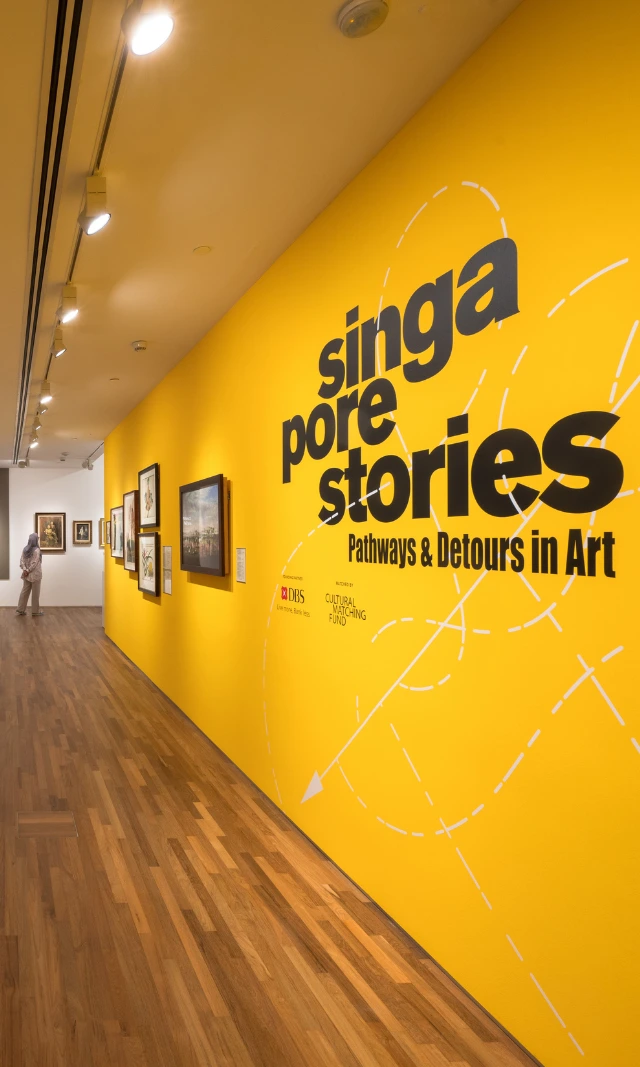Stop 2
The Papunya Movement
4002.The Papunya Movement(0:00)
0:00
0:00
In the early 1970s, several Aboriginal Communities, who had been removed from their traditional lands by the Australian Government, were living in the settlement of Papunya, in the Western Desert region of the Northern Territory. A painting movement began there when a schoolteacher encouraged some Elders from these displaced groups to paint Dreaming stories on small composition boards.
At first, there was some concern that this activity would reveal sacred stories and sites to unauthorised viewers. To resolve this, dots were painted and layered over sacred images, creating the characteristic dot painting style that the Papunya movement became known for.
As the movement developed and gained attention, many artists switched from small boards to bigger, more ambitious compositions on canvas. Take Clifford Possum Tjapaltjarri’s Warlugulong for example. The work features eight different Ancestral stories, all of them layered on top of each other. Scenes from these stories have been positioned on the canvas in a way that requires the viewer to reorientate themselves and look at the painting from different viewpoints, depending on which story is being told.
In contrast to this grand work is the small board by Timmy Payungka Tjapangarti, the blue and white work located on the wall behind you. In the effort to conceal the sacred information in this work, so many dots have been layered on top that the artwork almost looks abstract.










